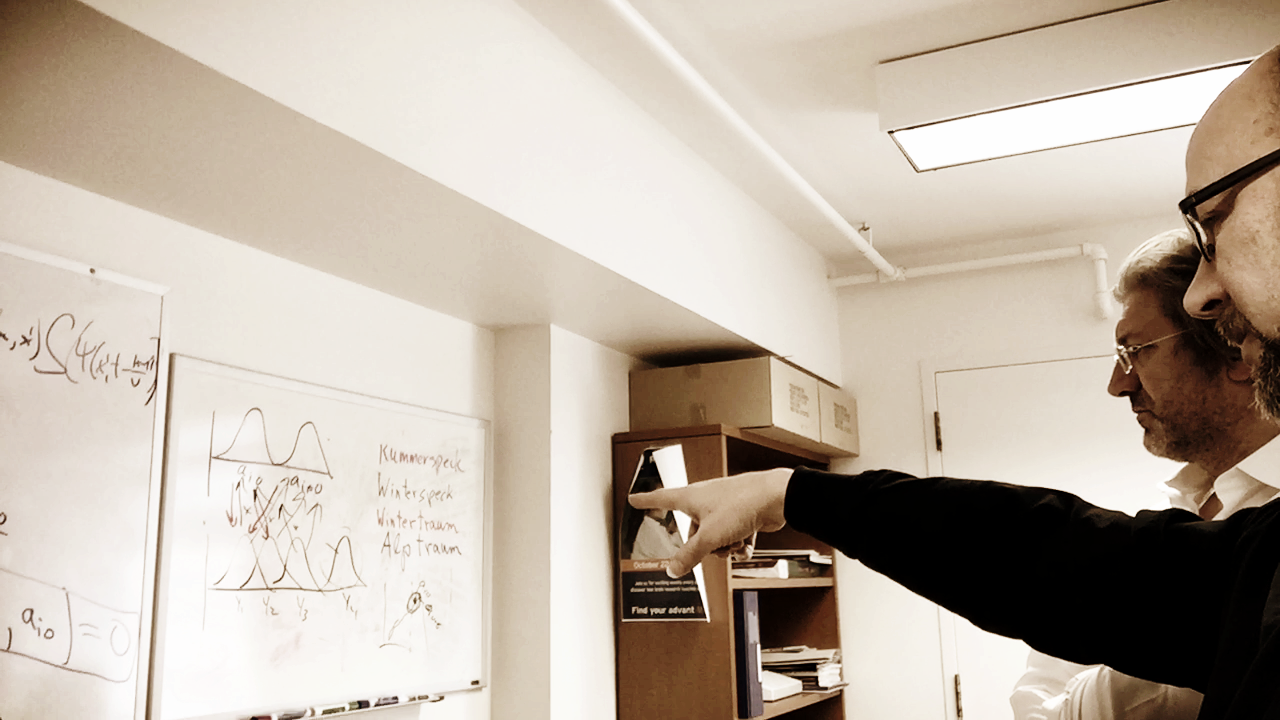BY RANDY MCINTOSH
Scientists are paid to think*. Sure we run experiments, write papers, train people, give talks, and practice different forms of sleep deprivation, but ultimately what drives us to become scientists is that we think – a lot. We can generate ideas as easily as breathing.
Ideas are part of the natural process of integrating things we learn. Some ideas are a simple re-expression of the collection of knowledge that we acquired and others are the realization of the gaps that exist in a line of reasoning. And then there are those moments when insights come and the idea reflects something that is truly new – aka the AHA! moment.
Sometimes ideas crystalize when we are talking through a problem. I remember vividly a conversation with my wife about a new idea on brain organization that started during pre-dinner cocktails and we proceeded with a flurry of sketches of badly written equations and schematics on scrap paper that captured the new idea. It was frenzied and energizing, and provided the foundation for a new direction of research. Ideas sometimes come when I am running, and I pause and dictate the idea in my smartphone and then try to decipher it later over the huffing and puffing in the recording. Often ideas come in the middle of the night (and yes, sometimes in a dream), and I stumble into my home office next to the bedroom and jot the idea down so I will not forget it. The idea for this blog, in fact, came from a sleepy-eyed rumination before I got out of bed, so here I am with a coffee getting it down before it disappears.
As personal as ideas are, one thing that I do believe is that it’s important to share them. Ideas are the artwork for scientists and only come to life when others see them. Sharing is essential. My pre-dinner talk with my wife definitely helped to bring the idea to life. Sharing may also drive new collaborations as a colleague may find their own inspiration in your ideas.
Idea generation, which is part of creativity, is one of the most fascinating aspects of brain function. It assimilates information to create a new representation. It constantly tests out new possibilities, keeping those that “make sense^” and eliminates those that do not. This is part and parcel of a complex adaptive system, of which our brain is a prime example.
So, where do ideas come from? I really don’t know; let me think about it some more.
Dr. McIntosh points out to his whiteboard sketches as he and Dr. Viktor Jirsa jam during a brainstorming session.
* Actually we’d probably do it anyway, so the fact we get paid for it is a bonus.
^ I know I am being lax with the language here, but it’s a blog so I can’t go into the details of what this really means. If you check out literature on complex adaptive systems and the credit assignment (reinforcement) property, this is what I am referring to.


